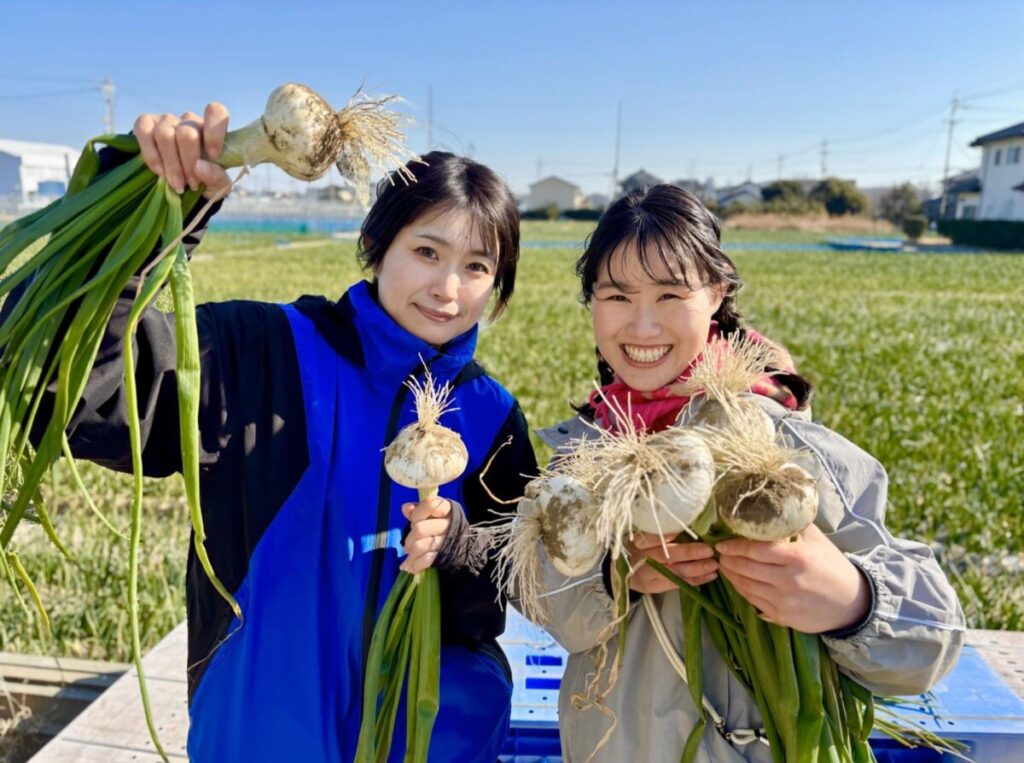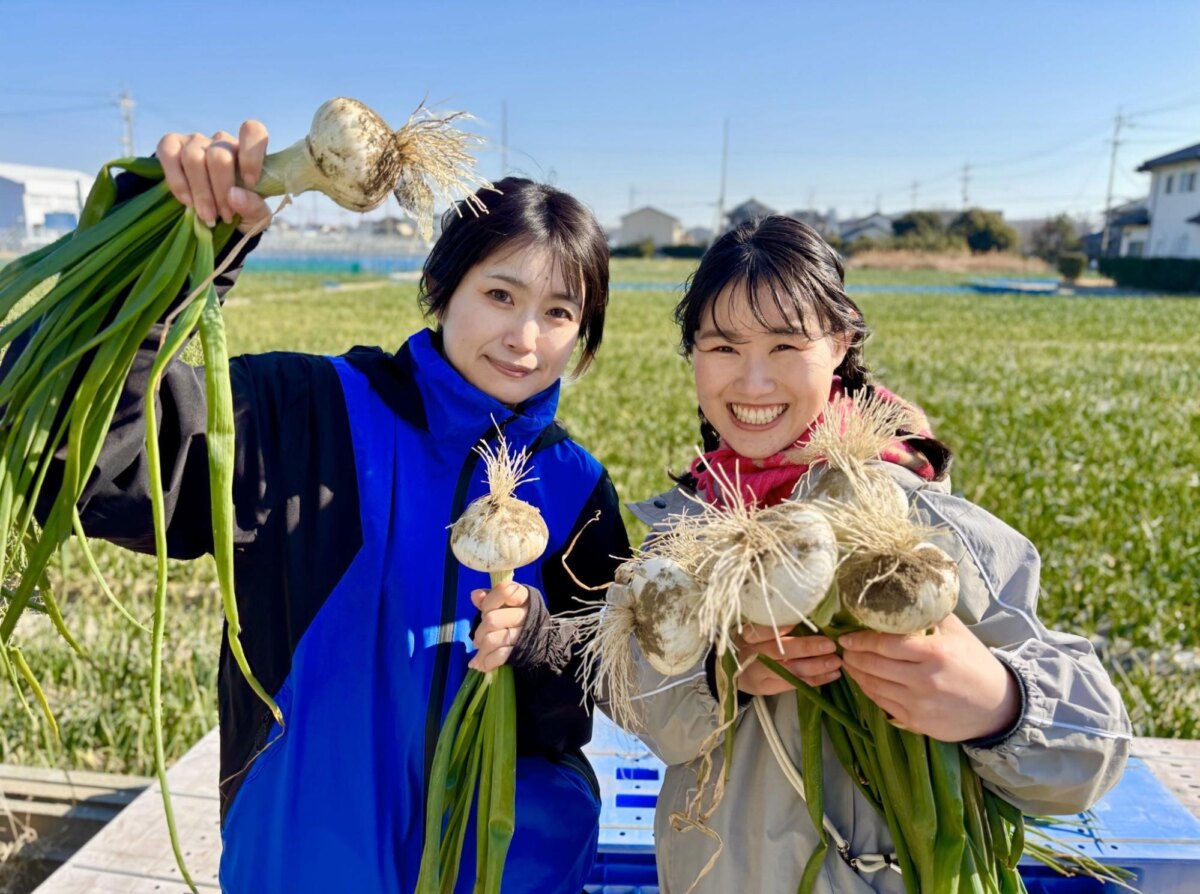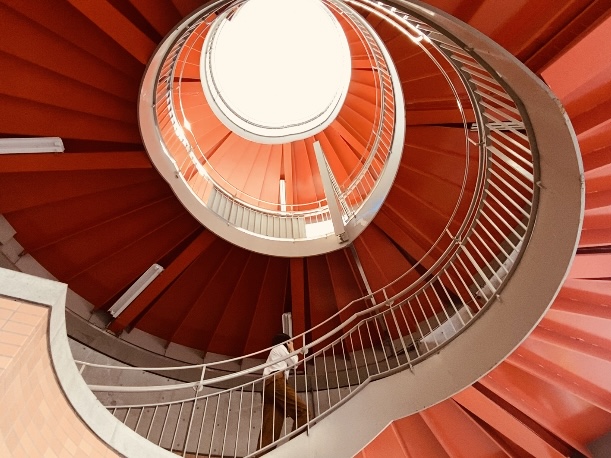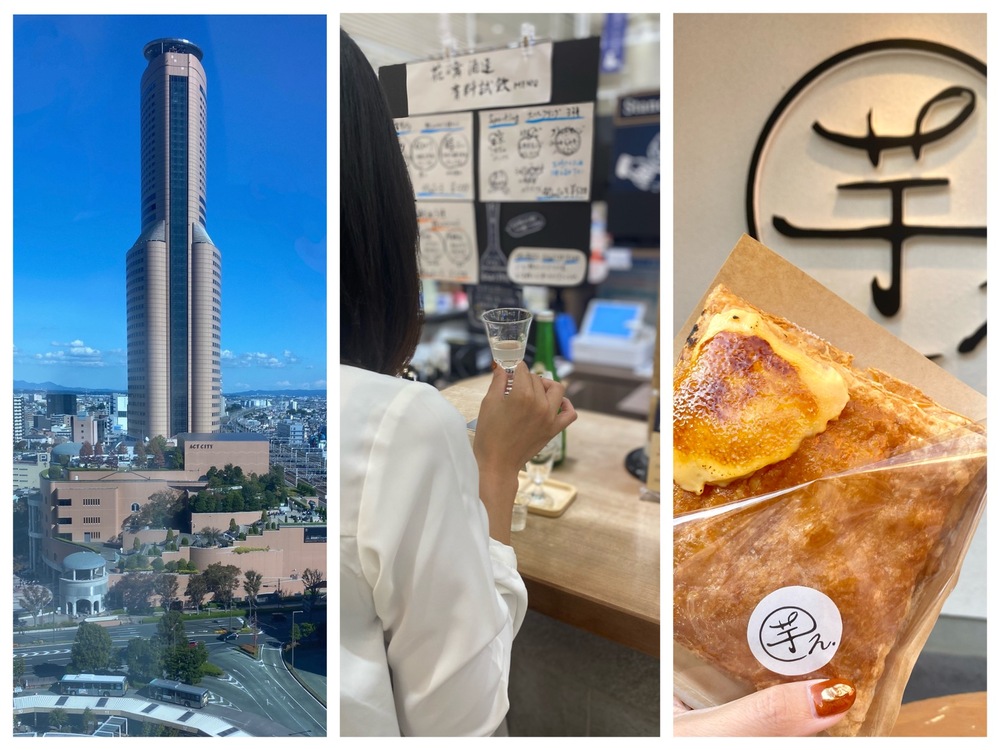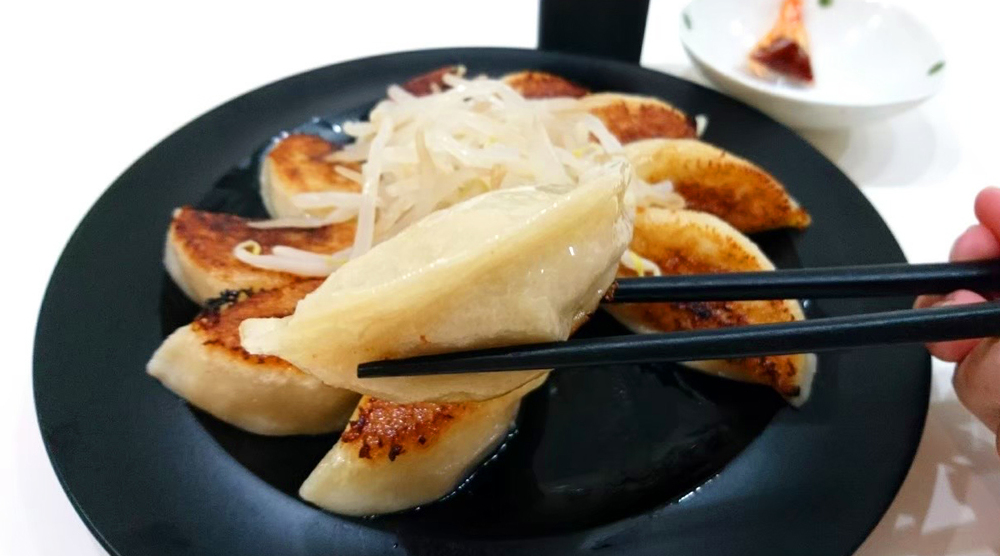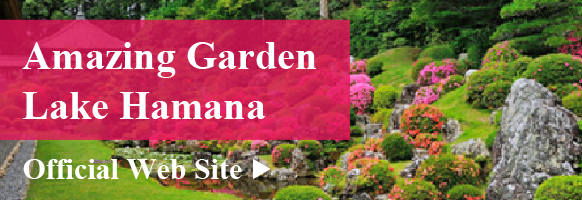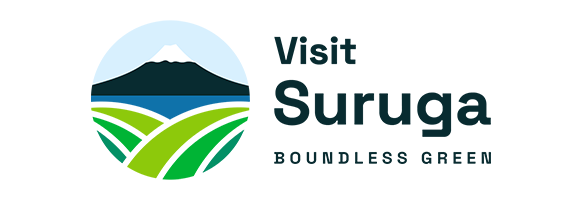Get to Know Hamamatsu
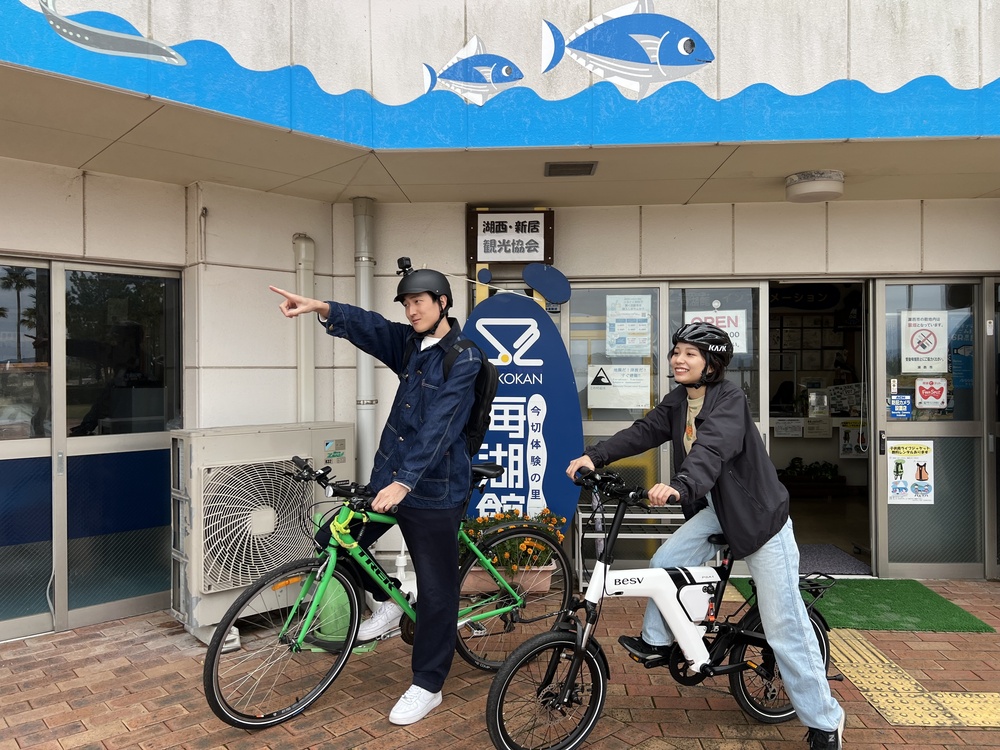
- Enjoy
- Eat
[Lake Hamana sightseeing] Relax by bicycle and travel to Hamana!
Hello.
My name is Takuma Sato and I am a member of the regional revitalization cooperation team in Kosai City.
It’s been getting colder lately, and I feel like winter is coming…!
The other day, I went to Hamaichi to survive the cold weather.
This time, I would like to introduce the situation and recommended courses!
What is Hamaichi? ?
“Hamaichi” means to walk around Lake Hamana, which is about 50-60km long and surrounded by Kosai City and Hamamatsu City, overlooking the scenery and cityscape.
The starting point for this time is “Imakiri Experience Village Kaikokan” in Kosai City.
Here you can rent everything from mountain bikes to E-bikes, and you can rent bicycles that are suitable for adults and children.
Rental bicycle Yu-Rin (Kaikokan Terminal) | Kosai/Arai Tourism Association [Official]
(https://hamanako-kosai.jp/location/719/)
Put on your helmet and head to Hamaichi!
[9:30 start]

Proceed east at the intersection at the Arai Benten entrance.
Proceed to Nishihamana Bridge!
Not only can you see the view of Lake Hamana from this street, but depending on the time, the Shinkansen runs right by!
If you time it right, you might be able to see the yellow Shinkansen “Doctor Yellow”!
Turn left at the Shinbenten intersection, pass under the JR tracks, and you will see a wide waterway on your right.
From this area, you will enter Hamamatsu City from Kosai City.
Did you know that this waterway was used as a “certain place” in the past?
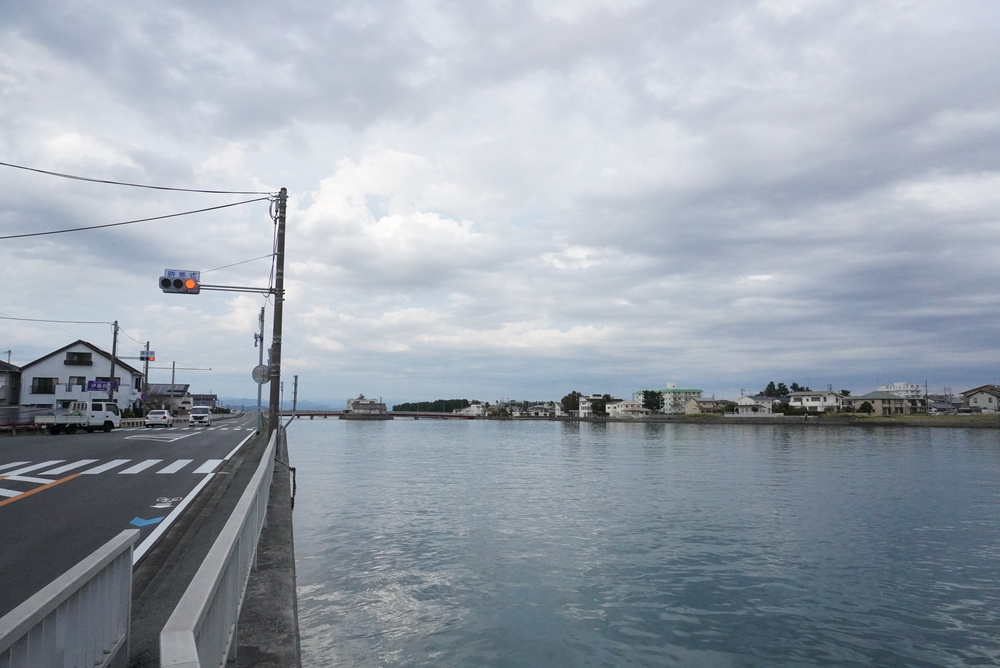
In fact, this place was once used as the Lake Hamana boat racecourse!
Currently, it has moved to Nakanogo, Arai-cho, Kosai City, and the Lake Hamana Boat Race is celebrating its 70th anniversary.
On holidays, various events are held here, making it a place for local relaxation that everyone from small children to adults can enjoy.
Head north to Nakanoshima Ohashi Bridge!
From Nakanoshima Ohashi Bridge, which crosses Lake Hamana, you can see Lake Hamana on both sides, which is a spectacular view. The wind is strong when driving, so please be careful.
In addition, you can see Lake Hamana’s winter tradition from Nakanoshima Ohashi Bridge! You can see a seaweed farm in Lake Hamana.
If you are visiting Hamaichi in the winter from November to April of the following year, please look for it!
After enjoying the view of Lake Hamana, head to the mountain path
After taking a break, we headed to our first destination, Kanzanji Bay Garden.
Normally, you would be riding along the Lake Hamana loop bicycle path with a view of Lake Hamana on your left, but unfortunately it is closed due to construction.
This time I took a detour to the prefectural road. As we approached Kanzanji Temple, we also passed a mountain path!
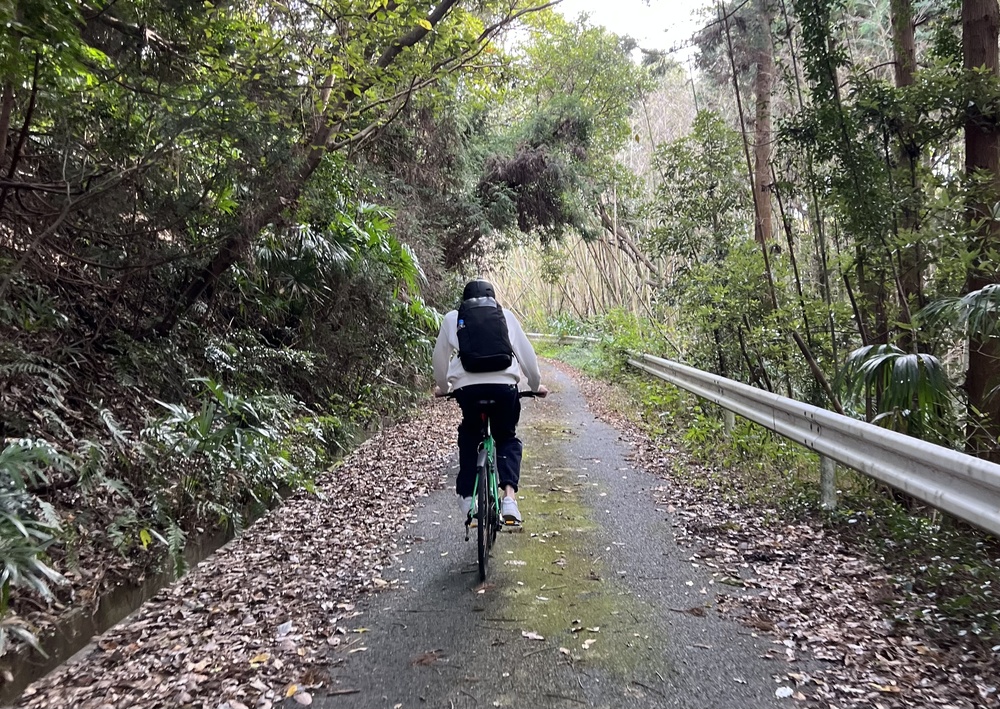
It’s usually chilly on the mountain roads at this time of year, but I had already cycled about 10km and my body was gradually getting warmer, so it felt very refreshing!
And it feels so good to run through nature surrounded by trees ◎
Pass through the mountain path and head to your first destination, Bay Garden!
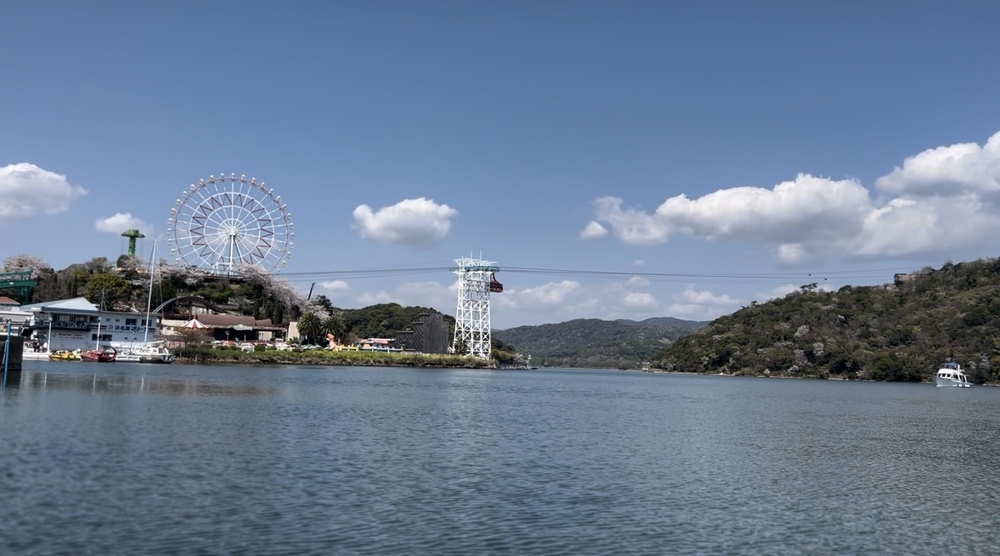
Bay Garden is a street with a great view in the hot spring town “Kanzanji Onsen Town” in the Lake Hamana area.
From here you can see the amusement park Palpal, Hamamatsu Zoo, and the Kanzanji Ropeway over Lake Hamana.
The ropeway that crosses Lake Hamana is the only ropeway in Japan that crosses over the lake!
It would be fun to take a break on the ropeway and go to the Hamanako Music Box Museum at the top!
After enjoying the townscape of Kanzanji Onsen, head north through the Hamamatsu Zoo entrance.
From here we head to a mountain road with many ups and downs!
I want to ride an E-bike…!
I pedaled my mountain bike as hard as I could, thinking desperately.
*E-bike rental is also recommended!
Overcoming the steep ups and downs of the mountain road, from near Hamamatsu City Ime Elementary School, to the Hamana Lake loop bicycle path!
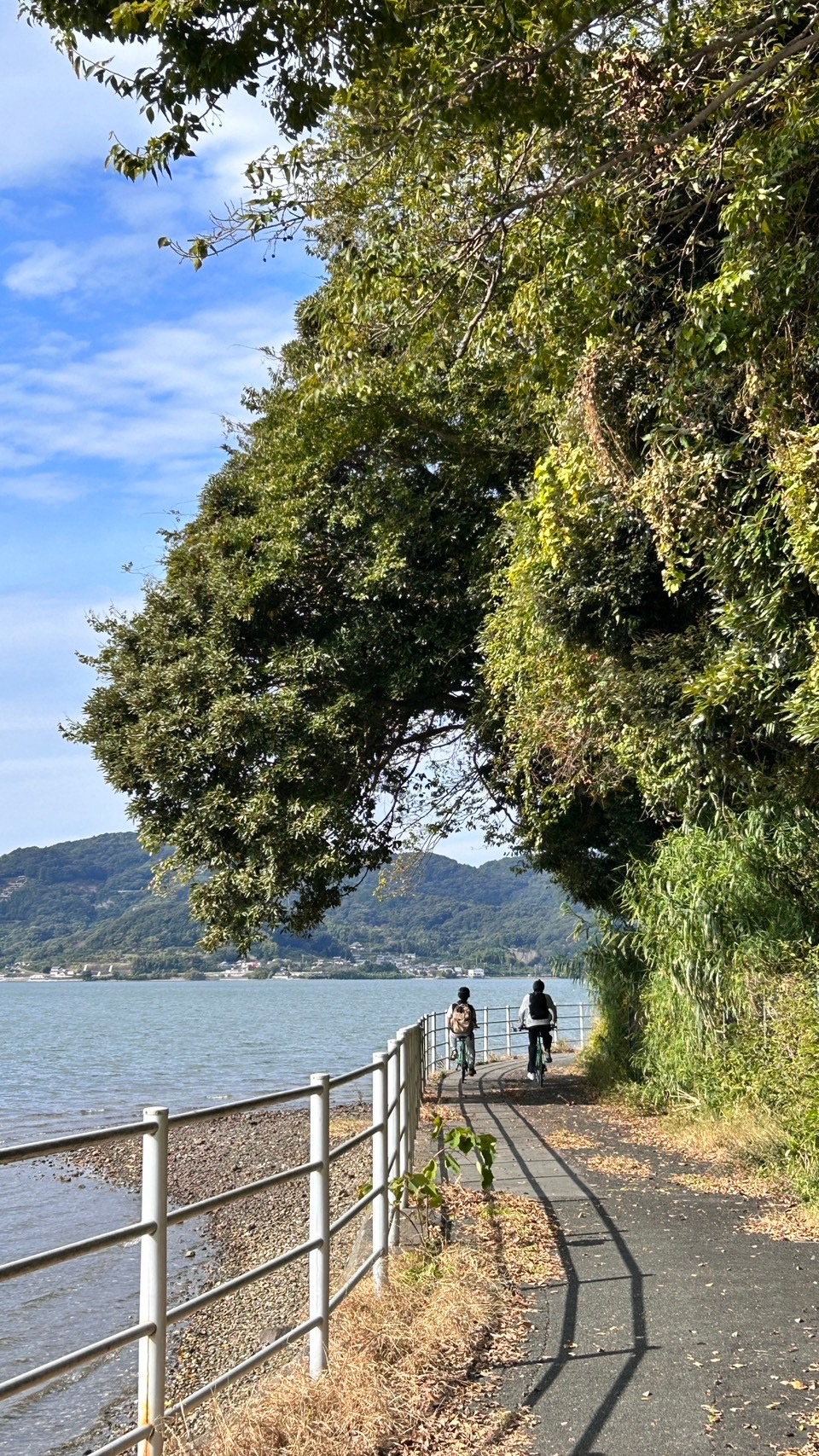
The bike path here has benches where you can take a break along the way, making it a great place for cyclists to relax!
There are also places along the way where you can get off to Lake Hamana, where you can take photos like this.
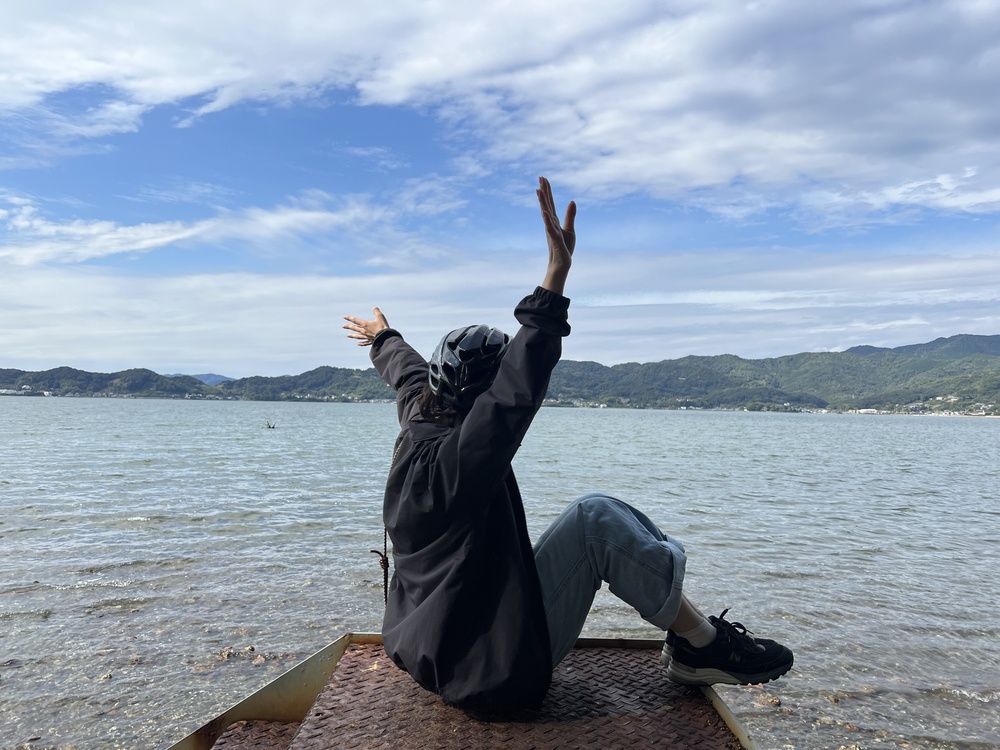
Please feel free to take photos!
After a pleasant ride through the town of Kiga, we arrived at our next resting stop, Hamanako Sakume Station.
[12:15]
“Hamanako Sakume Station” is a station on the shore of Lake Hamana, with a very cute retro station building and an old-fashioned snack cafe called “Cattleya.”
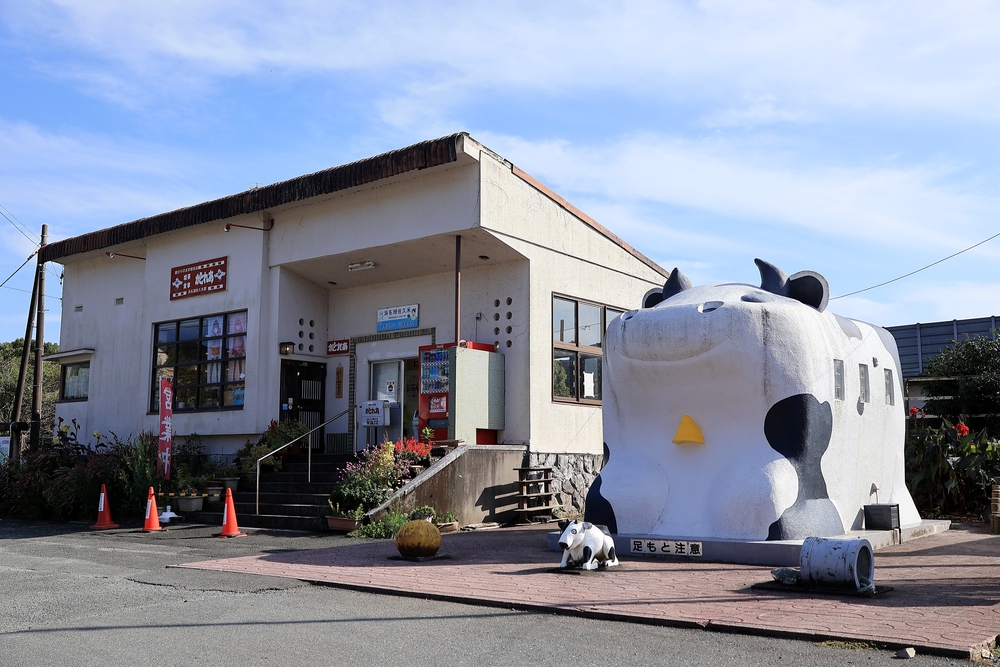
I wanted to eat something sweet here and take a break, so I went to Suginoya, which is located across from Hamanako Sakume Station.
At Suginoya, a relaxing space, in addition to operating a cafe, you can also use the campsite and barbecue area.
It is also possible to rent a complete set of tools, so even beginners can enjoy it.
“Suginoya” official website – Information on “Mikkabi Camp Suginoya”
(https://mikkabisuginoya.jimdofree.com/)
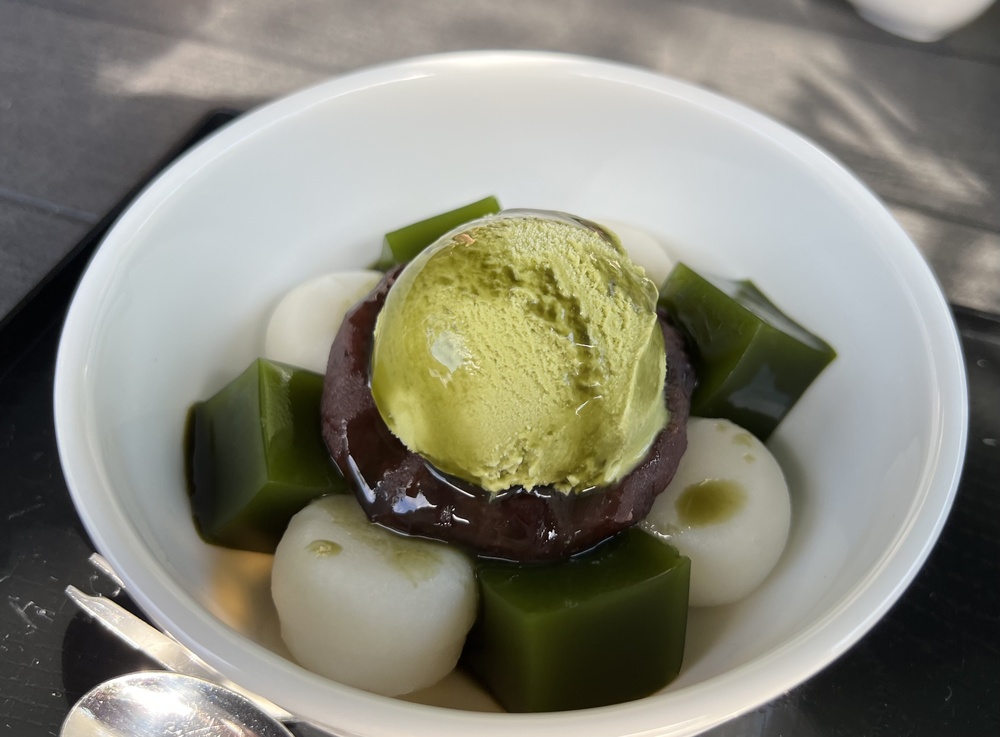
Enjoy some delicious matcha shiratama zenzai before heading to your next destination!
Next destination is “Granny’s Burger” inside Mikkahimachi Station!
Actually, I had the experience of working part-time for a few days at Granny’s Burger during my third year of university.
My friend who worked part-time with me at the time was also participating in Hamaichi, so it was a lot of fun!
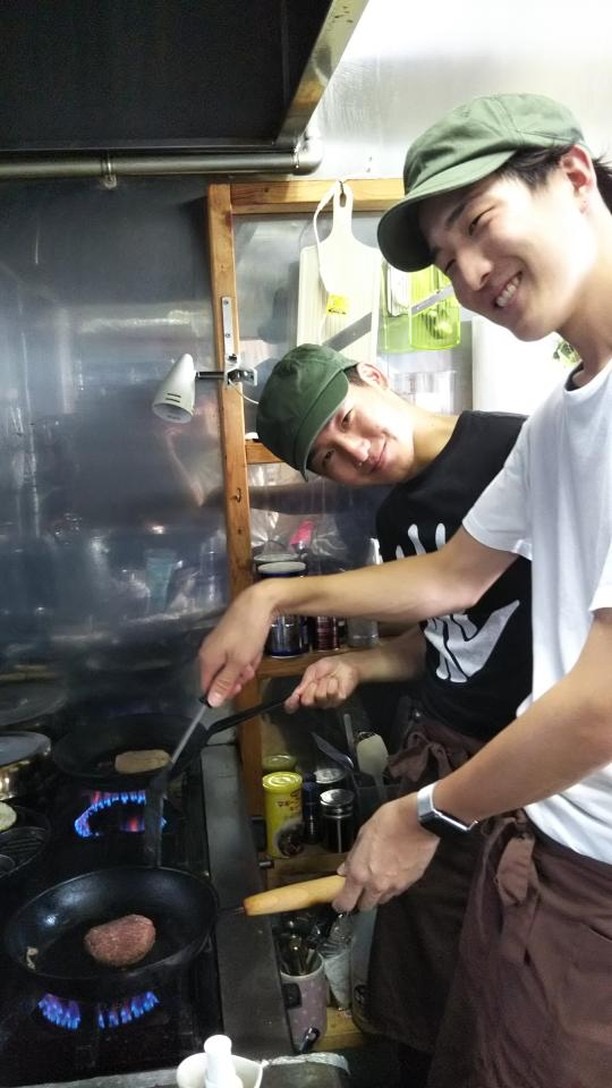
While thinking about this, I pedaled for about 30 minutes and before I knew it, I had arrived.
[13:30]
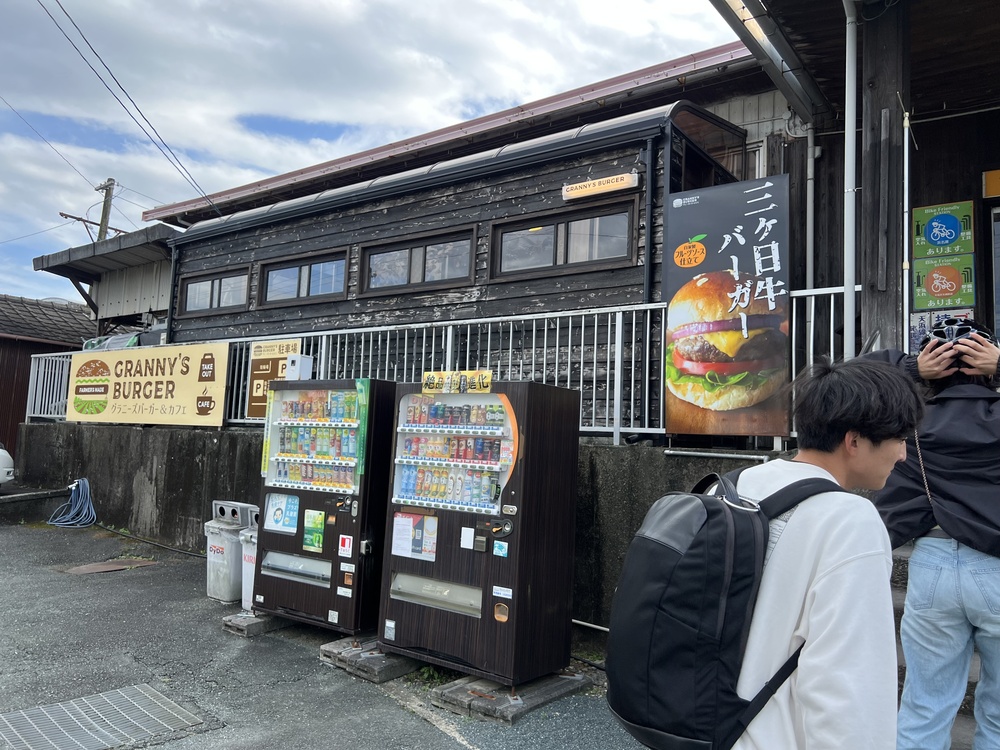
When I entered the store, I saw some familiar faces, and as I remembered those days, I had a lot of fun talking with them.
The most popular choice among Granny’s Burgers is the Mikkabi Beef Burger!
Mikkabi beef is raised freely in the warm climate and rich nature of Lake Okuhamana.
Mikkabi Beef is a Mikkabi-cho brand beef that is loved by the area that was raised in Mikkabi-cho, Hamamatsu City!
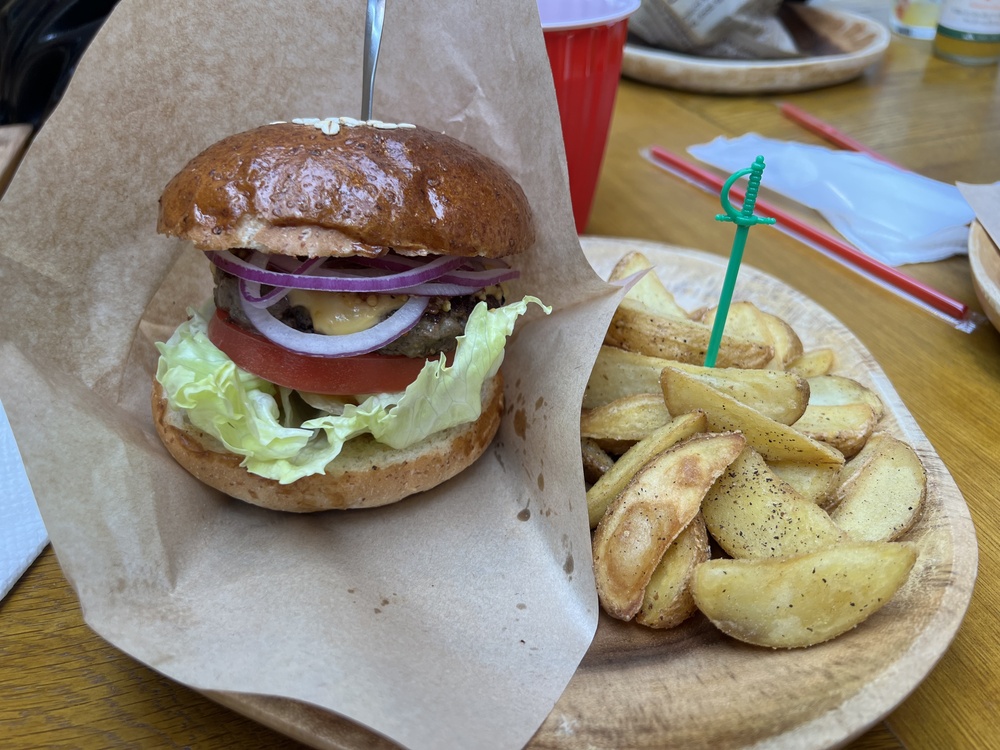
A hearty and juicy Mikkabi beef burger. Completed the meal in no time.
In addition, there are many types of hamburgers! Why not come and visit us? ?
With our stomachs full, we departed from Mikkahimachi Station!
The road from Mikkahimachi Station to Kosai City is a relatively gentle road.
Cycling while looking at Lake Inohana.
What is Lake Inohana?
One of the branch lakes of Lake Hamana.
It is located to the northwest of Lake Hamana, and Mikkabi-cho occupies the entire 12 km circumference.
There is a temple called Inohanako Shrine at Lake Inohana.
Inohanako Shrine is located on the aqueduct that connects Lake Hamana and Lake Inohana, and is enshrined on a huge rock that juts out above the lake.
Inohanako Shrine is like this!
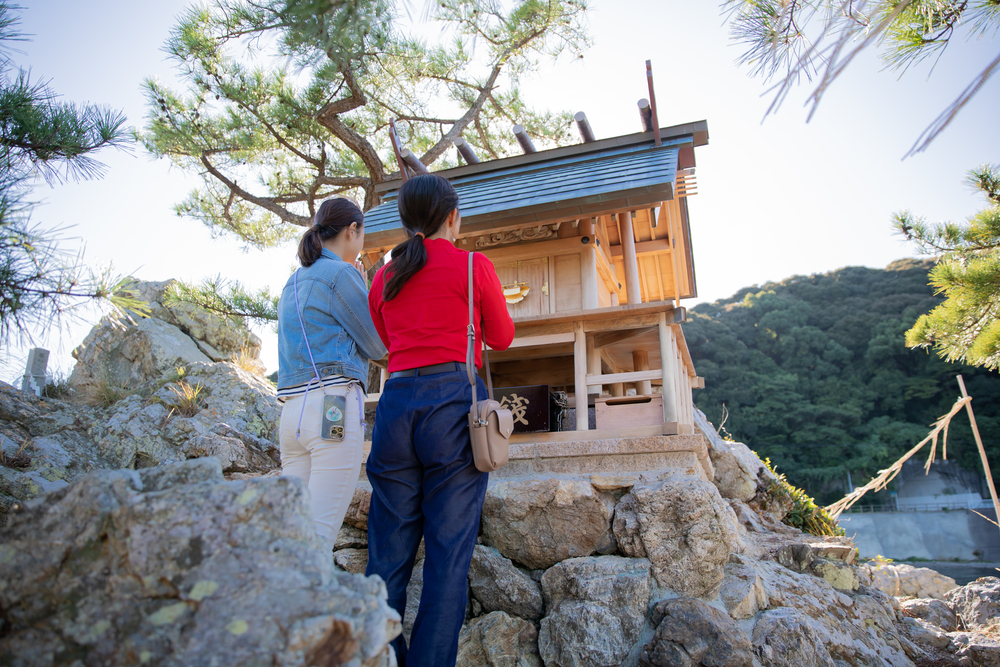
Be sure to stop by this shrine with its sacred atmosphere.
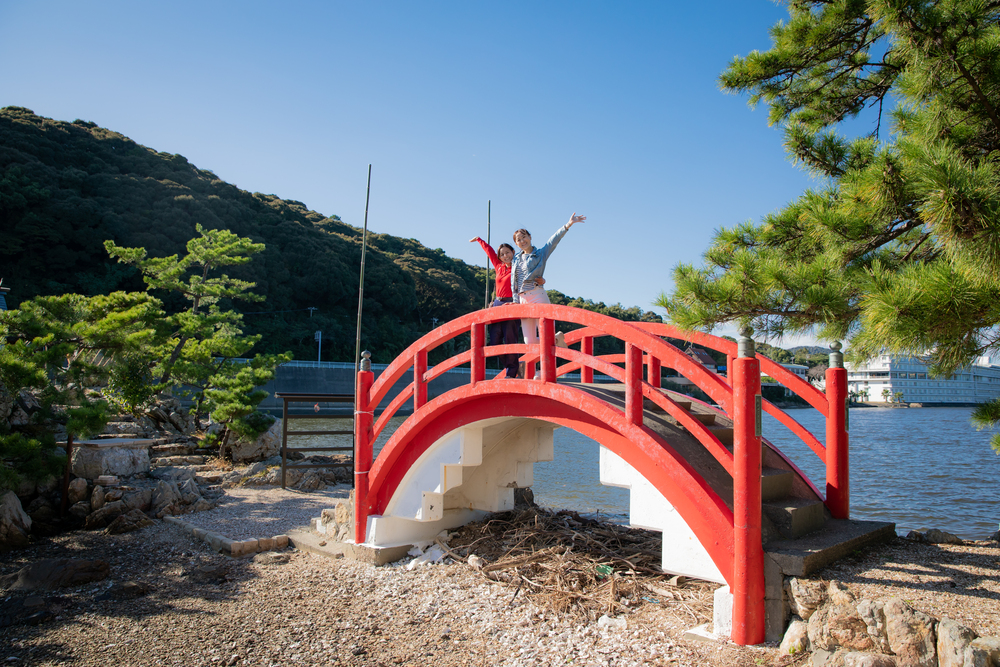
Now, after passing through the tunnel, you will enter Kosai City.
[15:00]
This street is home to many stylish cafes such as “r cafe” and “Minna no cafe”!
I wasn’t able to stop by this time, but it would be nice to take a break while looking at Lake Hamana!
Proceed along Route 301 and head east at Chibada Station, which is on the Tenryu Hamanako Railway, a local train in the Hamanako area.
The Tenhama Line runs from Shinjohara Station to Kakegawa Station, and the train cars are basically one-man trains, which are very cute.
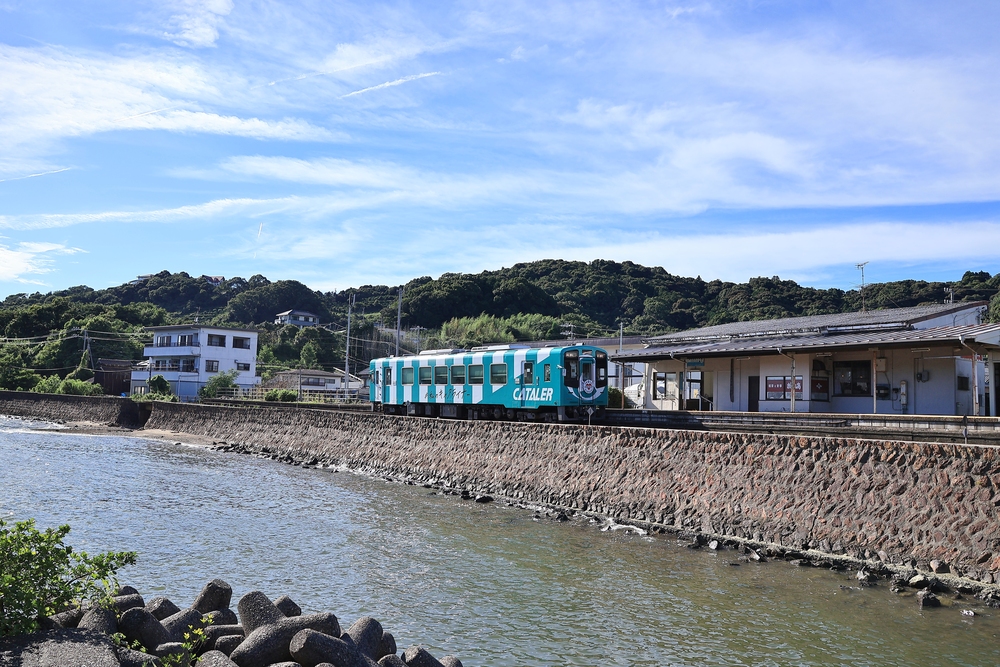
*One-man train arriving at “Hamanako Sakume Station”
You can take wonderful photos of the one-man train of “Tenryu Hamanako Railway”!
Proceed along the rice field road and head towards Washizu Station.
On the way, we took a final break at “BONZO COFFEE”. A shop that offers coffee and delicious waffles ◎
I had an almond caramel waffle and coffee!
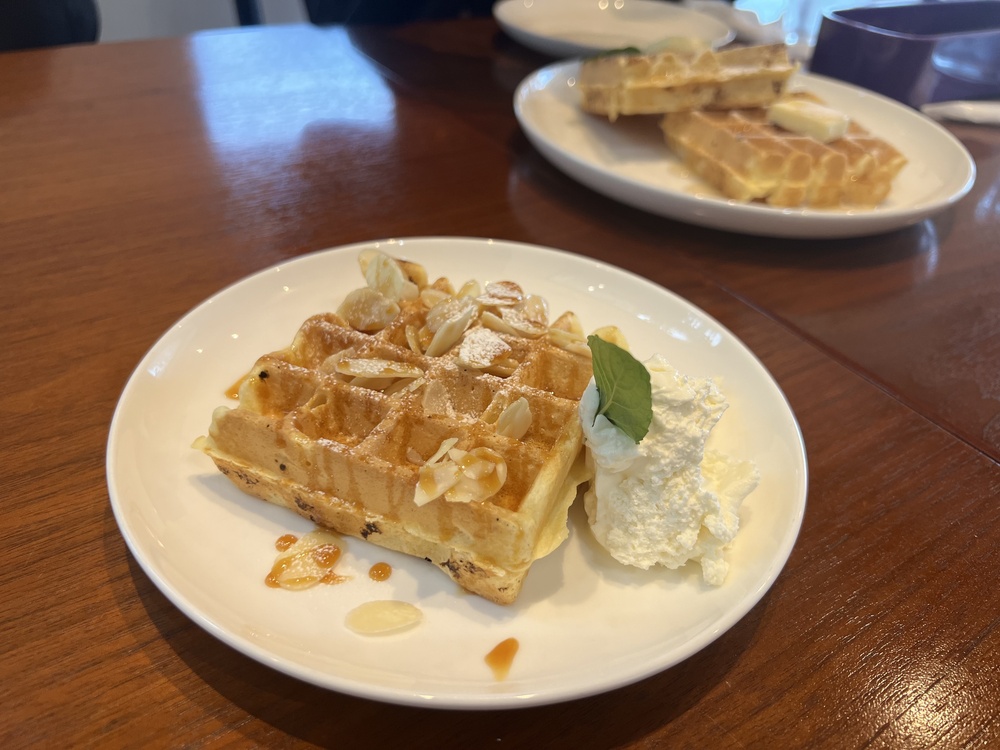
It started to rain lightly from here, so I dashed to “Imakiri Experience Village Kaikokan”!
As I continued running in the light rain, it gradually started to stop, and by the time I arrived at “Imakiri Experience Village Kaikokan”, I could see clear skies◎
Arrival time is 16:30. About 7 hours of cycling.
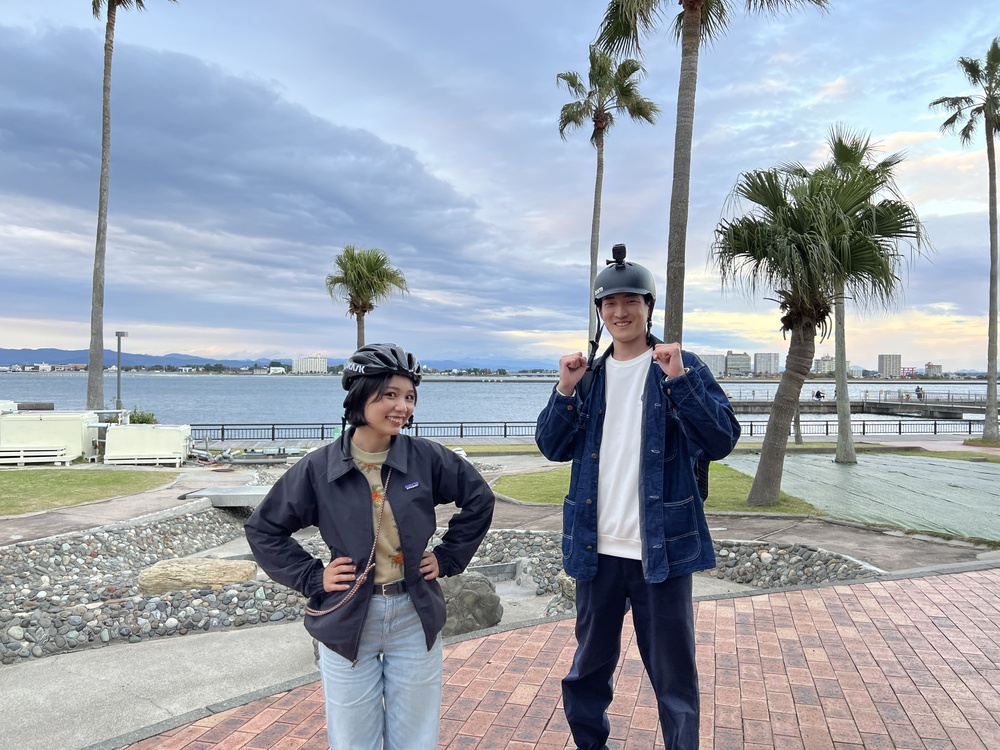
At the end, I took a photo of my friend who ran Hamaichi with me, with Lake Hamana in the background.
Although it is tiring, there are many restaurants and photogenic spots along the way, and there are many routes, so new discoveries are made every time!
Please let us know your recommended courses◎
This time, I would like to introduce my recommended courses.
As someone who eats a lot of food, I would like to introduce you to Hamaichi.
We want you to not only run, but also enjoy the gourmet food of Lake Hamana!
Why not stop by and experience Hamaichi? ?
